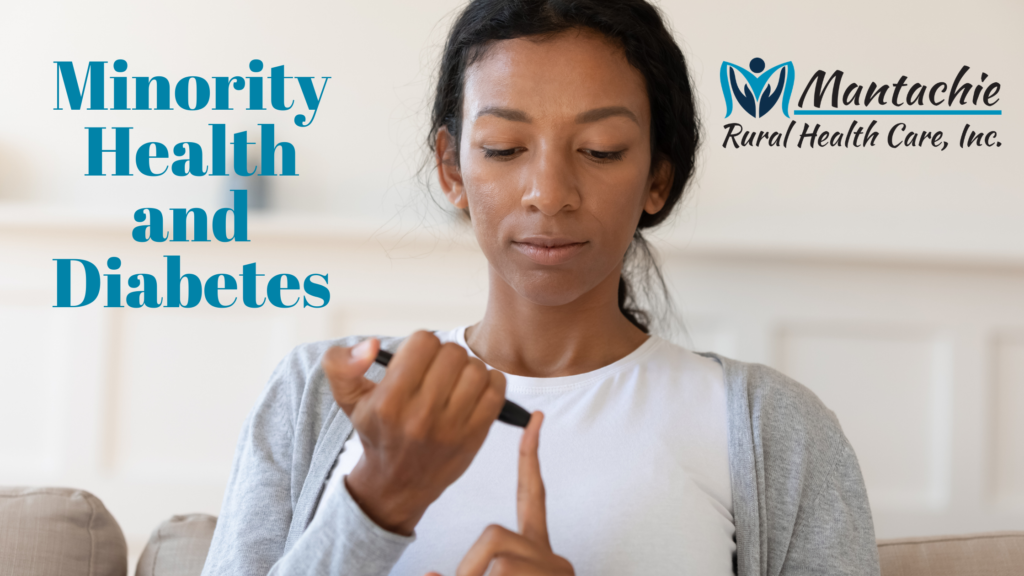
An unhealthy family is an unhappy family. We’re not being dramatic. Studies show that unfit, unhealthy people are prone to anxiety and depression. Take a leadership role in getting your family fit with these health tips.
Be the example.
Nothing teaches your kids healthy habits like seeing you follow them yourself. Let them see you working out, staying active, and eating well. It’s guaranteed to inspire them to do the same.
Serve healthy meals.
Young children are still developing their palates so be patient if they refuse to eat their veggies at first. “Sneak” in healthy foods if you can’t get them to eat by making fun meals like butternut squash mac n cheese and buffalo cauliflower. Make healthy pizzas together on thin crusts made of pita and other healthier choices than flour (try cauliflower!) and let the kids toss on the healthy veggies. Avoid unhealthy toppings like pepperoni and sausage. Go for tomatoes, peppers, spinach, and other veggies. Cheese is okay, you need dairy in your diet. Just avoid adding extra to your pie.
Find fun ways to stay active.
Sign everyone up for a fun class like Zumba or Yoga so you can stay fit together. Join a bicycling group or walking club. Head outside to the garden and teach your kids about science while getting healthy and showing them how fun it is to grow your own food.
Make a schedule.
You’re more likely to do exercise or attend a fitness class if it’s on the calendar. Add it in with your ball games and recreational classes to make sure you do it.
Set fitness goals.
Again, you’re more likely to do it if you’ve set a goal to achieve. Make your goals simple and easy to follow so you don’t get overwhelmed and quit. Build up to harder goals to keep it going.
Keep your feet healthy.
Happy feet move better. Lotion them up, have your partner massage them and vice versa and do it regularly.
Don’t skip working out because you’re stressed.
That’s an even better motivation to work out your problems. Wallowing and avoiding moving will send you to an anxious, depressive place. Avoid it by staying active and eating healthy.
Don’t forget Doggo.
Walking the dog is a perfect way to keep your pets fit and you, too. Daily walks are necessities for dogs to be happy and healthy. What better way to start working out than with the best puppy partner ever?
You’re off to a good start by reading this article. Now take those tips and get the family moving!




